



Champagne, like most French wines, refers to both a type of wine and a place. The region of Champagne surrounds the towns of Reims and Epernay, in northern France. A very cool growing area, the grapes of chardonnay, pinot noir, and pinot menuier end the season with plenty of acidity when picked. These brightly accented grapes are fermented twice; once to make a still wine, then again in a capped, thick bottle to create the characteristic effervescence.
Well, just like Stephen's gigantic loaf of crusty bread, I'm not sure how to begin dissecting the tasting's events. Sarah's bottle won the Champagne Challenge by the most points since we have been keeping score (and by a virtual landslide) but the same bottle from Stephen did not place in the top three. This was our first ever repeat bottle, and it produced some clear differences in taster perceptions. Was Stephen robbed of a tie because of his retailer's storage, or the producer's yearly blend, or did Sarah do the right thing by relying on her trusted advisory?
The second place bottle produced the most vehement reaction, with tasters either praising or distaining the wine. None had a neutral opinion about this bubbly. The most wine-like, it made an instant impression.
Third place was a classic non-vintage made in a bright, high-chardonnay house style.
For the second time, a wine did not meet the specified criteria. Still, all the wines were of very good quality, and exceeded most expectations. Everyone was much more perceptive than we thought we would be.
First Place: Louis Roederer Brut Premier (NV). A little mustiness on the nose, with citrus, grassy notes. Tasters decided that this was the creamiest, and most complex, with some butter on the finish. Andy said that this had "3 lives", and that it starts earthy and finished fruity. A wine that changed across the palate. Received a whopping 26 points. Sarah's bottle. About $36.
Second Place: Charles Heidsieck Brut Reserve (NV) Mis en cave en 1995. Nose of candied fruits, cranberry, coffee, smoke and chocolate. Sarah said that it tasted "like a pet store", while it was the favorite of Stephen and David. Kristin said it was too rich for her, noting an apple cider quality. This was the most distinctive wine, with no middle ground. Received 12 points. About $38. David's bottle.
Third Place: Tattinger Brut (NV) "La Francaise". Earthy, vegetal nose. Active fine bubbles. Dry, and relatively bright, with green apples, citrus (lime), almonds. Kristin suggested that this was a classic, New Years Eve bubbly. A crowd pleaser. Ali guessed that this was high in pinot noir. Received 10 points. Kristin's bottle. About $30.
The others:
Willm Cremant d'Alsace Brut Blanc de Blancs (NV). Tasters described an elegant, refined, light, grassy wine, with fine bubbles, vanilla, and candied citrus. Dry and chalky on the finish, with a very foamy quality. Stephen said that this "levitates", and that "it's bubbling in my brain". Kristin said that it was airy, and playful, "like a spring meadow". Received 8 points. Ali's bottle. About $14. This one did not technically qualify, since it was not from the Champagne region.
Louis Roederer Brut Premier (NV). Tasters noted persistent bubbles, with aluminum on the nose, as well as chalk, flowers and red berries. Not as dry as the Tattinger, and featured mango, almond and vanilla flavors. Short finish. David said that this tasted a little obvious, and Kristin noted a pronounced tart finish. Received 5 points. Stephen's bottle. About $38.
Louis-Philippe Brut (NV) "Cuvee des Etoiles". Sharper nose of chalk, with fine bubbles. Flavors of green apple, smoke, chalk, and a soapy quality. Andy said that it was "stony". Goes flat a bit on the palate. Kristin said that "whatever is strong in #5 (Charles Heidsieck) is subtle in this one". Andy's bottle. Received 5 points. About $24.
JULY 2004: CHAMPAGNE CHALLENGE

